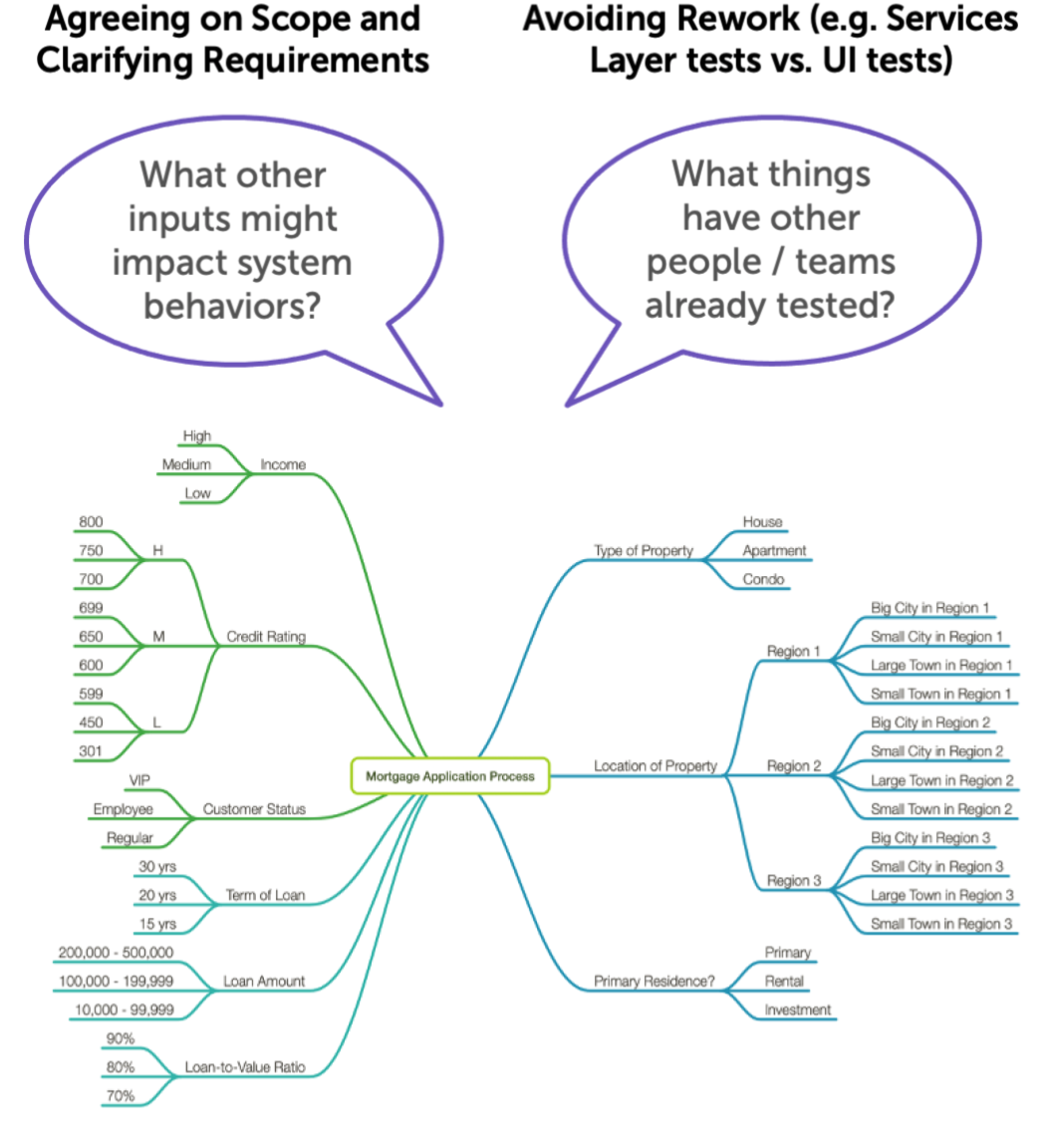How Hexawise Puts an End to "Garbage In, Garbage Out"

“Garbage in, garbage out” is a phrase commonly used in software development to refer to a basic limitation of all software tools: if the user’s inputs are flawed, inaccurate, or nonsensical, then the application’s output will be as well. Garbage in, garbage out.
Hexawise utilizes a data-driven testing approach, in which tests are generated automatically from a parameterized model of the system that the user inputs themselves. It is therefore up to the user to properly model their system. If the input model is missing a parameter, then that parameter will not be tested, leaving gaps in coverage and allowing defects to pass into production. If the input model includes too much detail, then Hexawise will generate more tests than are feasible to execute. If the user does not input requirements as forced interactions, then these requirements may not be covered by the testing set. A poorly constructed input model will result in an ineffective testing set - garbage in, garbage out.
Preventing these problems comes down to improving communication before and during the testing process. The testers defining the input model in Hexawise should communicate with the development and business teams to ensure that their model reflects both the actual system under test and the intended final product. In order to facilitate this communication, the Hexawise tool is able to automatically generate mind-maps, which provide an intuitive visualization of the input model.

An example of a Hexawise generated mind map, and some questions that may help to analyze the information it contains.
The overall structure and the specific parameters of the model are clearly communicated, making these mind maps a powerful tool for collaboration and review. Gaps in communication and understanding about requirements are instantly filled with this approach across business and technical teams.
After using the mind maps to carefully design and analyze their input models, teams can let Hexawise take care of the rest by automatically designing powerful test sets. By taking a thoughtful, analytical approach to designing input models, teams will no longer be placing “garbage” into their initial test design, and objectively better tests will be generated with Hexawise.


